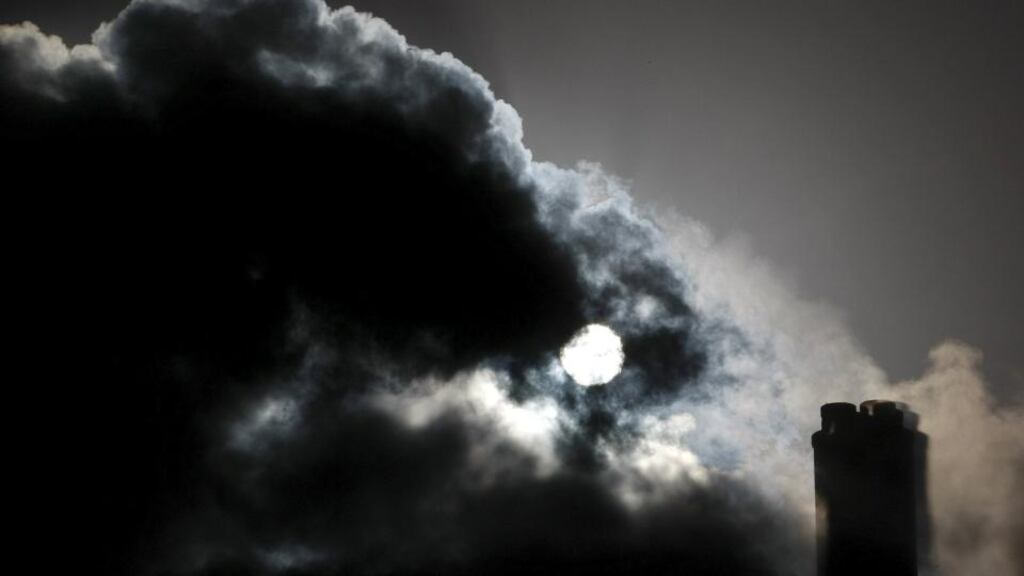Conservative Australian Prime Minister Tony Abbott has announced cuts to Australia's greenhouse gas emissions that were immediately criticised by environmental groups and opposition politicians for lagging behind other advanced economies.
The world’s largest exporter of coal and iron ore will cut emissions by 26-28 percent of 2005 levels by 2030, Abbott said, a target that will be submitted as part of negotiations on a global climate deal in Paris at the end of the year.
Australia is one of the largest carbon emitters on a per capita basis due to its reliance on coal-fired power plants, and critics say the move will do little to bring it in line with ambitious targets set by the United States and Europe.
Mr Abbott is already facing criticism for his strong support for the coal industry and for scrapping an ambitious carbon tax and emissions trading plan last year.
“We’ve got to reduce our emissions but we’ve got to reduce our emissions in ways which are consistent with continued strong growth,” Mr Abbott told reporters.
“The last thing we want to do is strengthen the environment and at the same time damage our economy.”
Australia is currently aiming to reduce emissions by 5 per cent from 2000 levels by 2020.
Critics accused Mr Abbott of gaming the system by choosing 2005 instead of 2000 for the new benchmark – 2005 was an historically high year for emissions.
The government's independent expert body, the Climate Change Authority, said last month Australia needed to reduce emissions by 40 to 60 per cent from 2000 levels by 2030 to meet an international agreement to limit global warming to two degrees Celsius over pre-industrial levels.
Mr Abbott said the new target puts Australia in line with pledges from the United States, the EU and Canada, but data compiled by the Climate Institute think tank puts Canberra's position below all three.
Washington has pledged a 26-28 per cent drop on 2005 levels by 2025, or about 41 per cent by 2030, while Brussels has promised to deliver 40 percent of 1990 levels by 2030, or about 34 per cent based on 2005 levels, it said.
The Australian Conservation Foundation (ACF) said the target was out of step with international consensus.
“It’s a defeatist target that shows no faith in the ability of Australians to adapt, innovate and make the transition to a clean economy,” ACF head Kelly O’Shanassy said in a statement.
A poll released last week by the Climate Institute showed 63 per cent of Australians wanted more action on climate change, up six percentage points from 2014.
Australia’s main opposition Labor Party has seized on the shift in public opinion, pledging last month to reinstate the emissions trading scheme and raise the level of energy generated by renewable sources to 50 per cent by 2030.
Reuters









